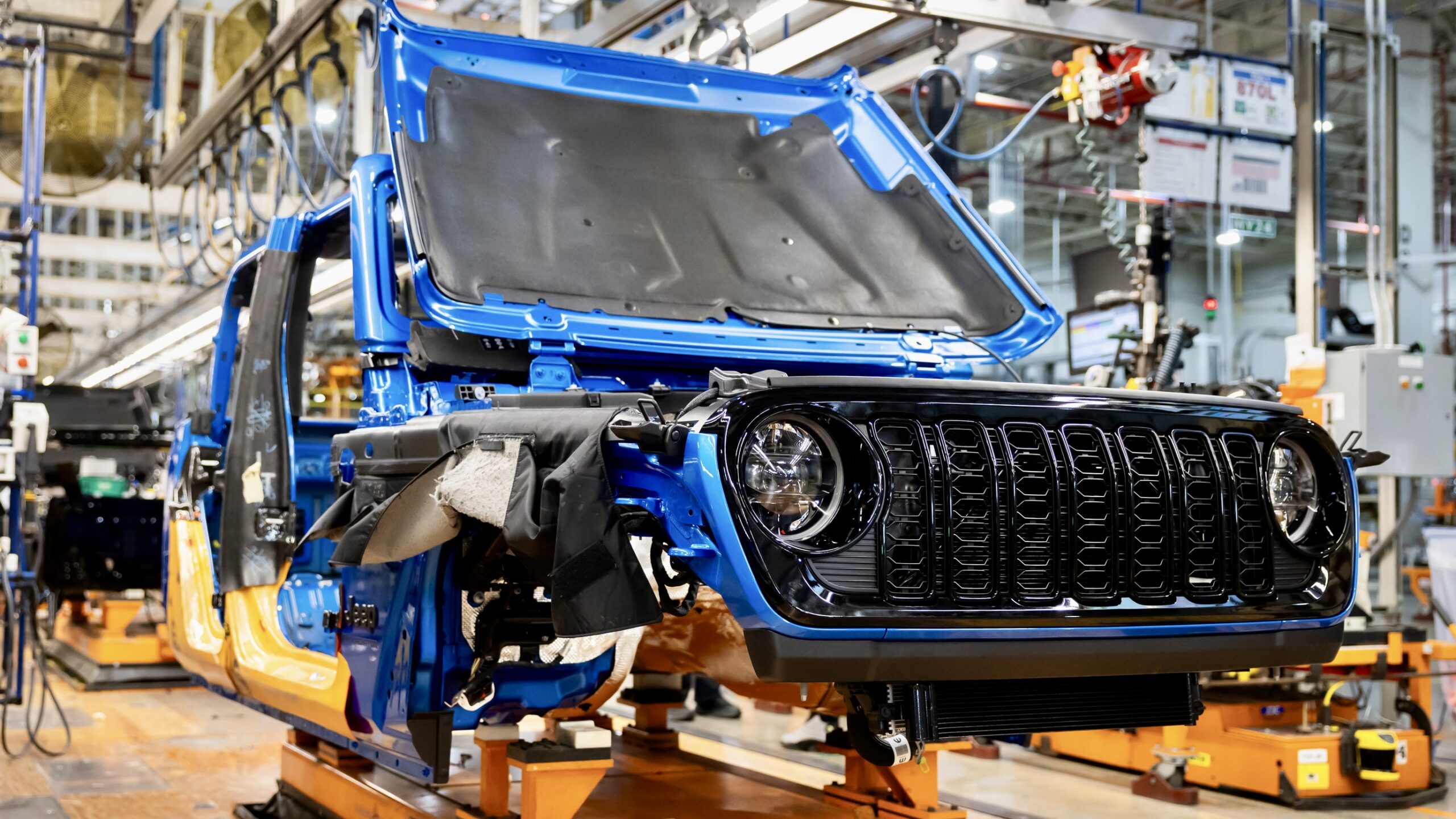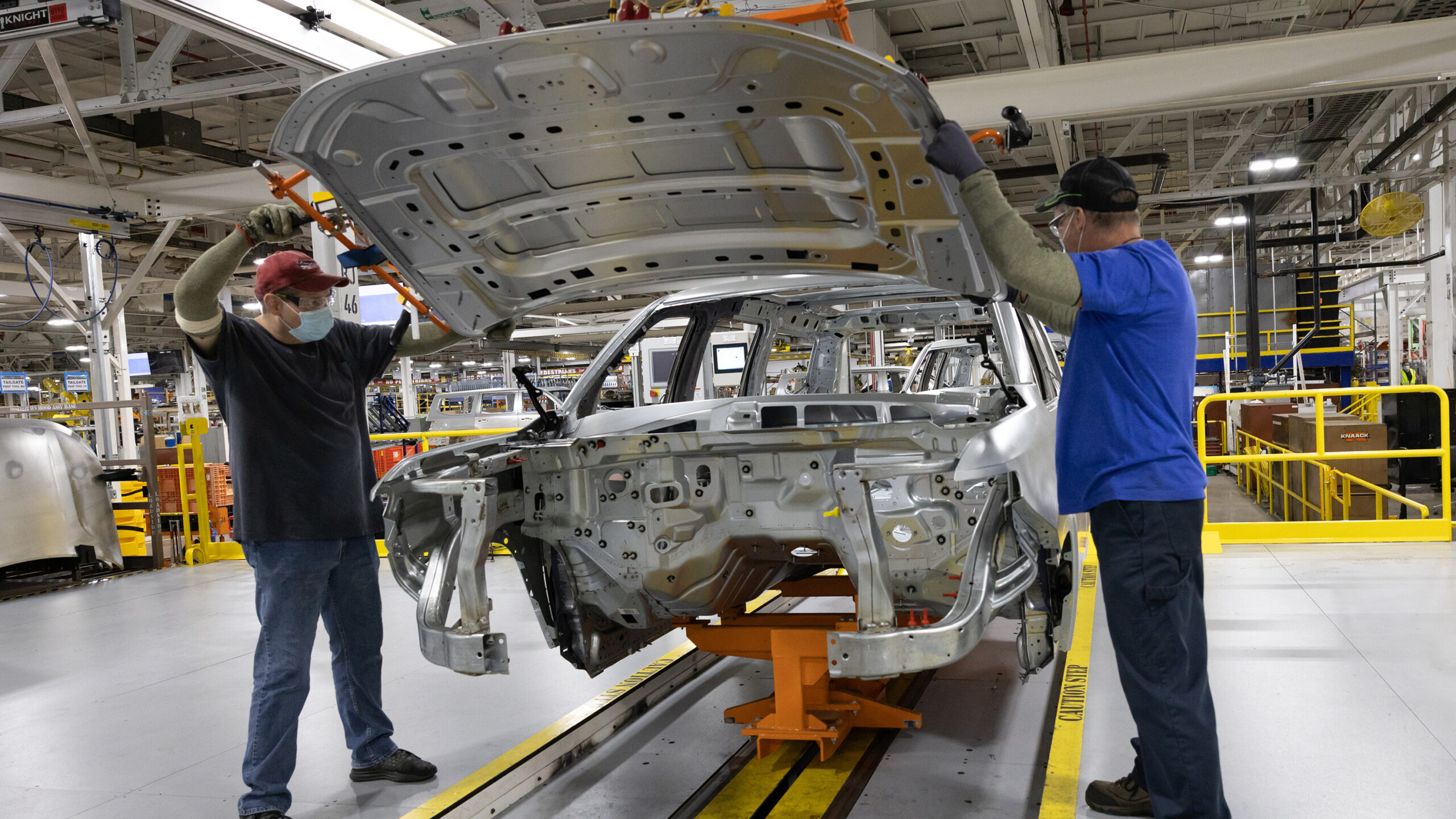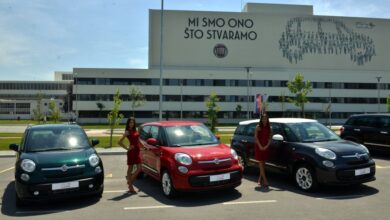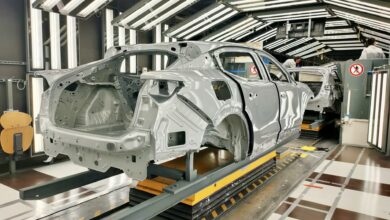Stellantis Implements “Doghouse” Cost-Cutting Strategy
Tightening Spending Amid Financial Challenges...

Stellantis is implementing a cost-cutting initiative dubbed the “doghouse.” This strategy is designed to tighten external spending and manage costs more effectively due to significant financial pressures affecting the automotive industry.
Understanding the “Doghouse” Approach –

In a recent communication, Stellantis Chief Financial Officer Natalie Knight elaborated on the “doghouse” initiative, which aims to enforce stricter controls over purchasing from external vendors. Knight stated, “The Doghouse is back! If we apply more discipline, we can ensure big savings for the company.” This directive reflects the company’s commitment to fiscal responsibility during a challenging transition period in the auto sector.
Tensions with the United Auto Workers (UAW) –

Tensions with the United Auto Workers (UAW) are compounding Stellantis’s financial strain. Stellantis has filed a lawsuit against the UAW, asserting that recent strike threats are without merit. The union has accused Stellantis of not fulfilling job-creating investment commitments made in the 2023 Bargaining Agreement, including reopening the idled Belvidere Assembly Plant in Illinois.
Revised Financial Forecasts and Inventory Management –

Stellantis has drastically revised its financial forecasts, now predicting a cash consumption of $6 billion to $11 billion in 2024, starkly contrasting earlier expectations of positive cash flow. To address an oversupply of unsold vehicles, the automaker plans to reduce shipments by 200,000 units in North America through year-end, a move projected to create a short-term cash headwind of approximately $4.4 billion.
Knight emphasized the urgency of these measures in her email, stating, “That calls for drastic measures to ensure we deliver the best financial results for 2024, 2025, and beyond.” She advised her team to reject spending requests that do not align with critical business functions, reinforcing the need to conserve cash.
The Impact of the “Doghouse” on Stellantis Operations –

While the term “doghouse” may be new, Stellantis clarified that it has previously been used to describe projects requiring additional scrutiny. The company has assured stakeholders that existing purchase requisitions, purchase orders, and invoices will remain unaffected by this policy.
Stellantis faces a challenging automotive landscape with high interest rates and increasing vehicle prices. The transition to electric vehicles adds further financial strain. CEO Carlos Tavares characterizes the current environment as “Darwinian,” emphasizing the need for adaptability in a rapidly evolving industry.
Despite these hurdles, Stellantis remains optimistic about maintaining a healthy cash reserve by year-end. The company’s adoption of the “doghouse” strategy illustrates its dedication to financial stability and operational efficiency as it navigates the future of the automotive market.
Source: Wall Street Journal






1 reply
Loading new replies...
Join the full discussion at the Mopar Insiders Forum →